Blog

Tasting Idda with Gaia Gaja
The pure energy of Etna was what inspired the Gaja family to explore making wine there. Gaia tells us that wines from Etna have a lot of similarities with Barbaresco and Barolo: “they are wines with mystery”. But instead of the reds, they will be focusing on white wines.
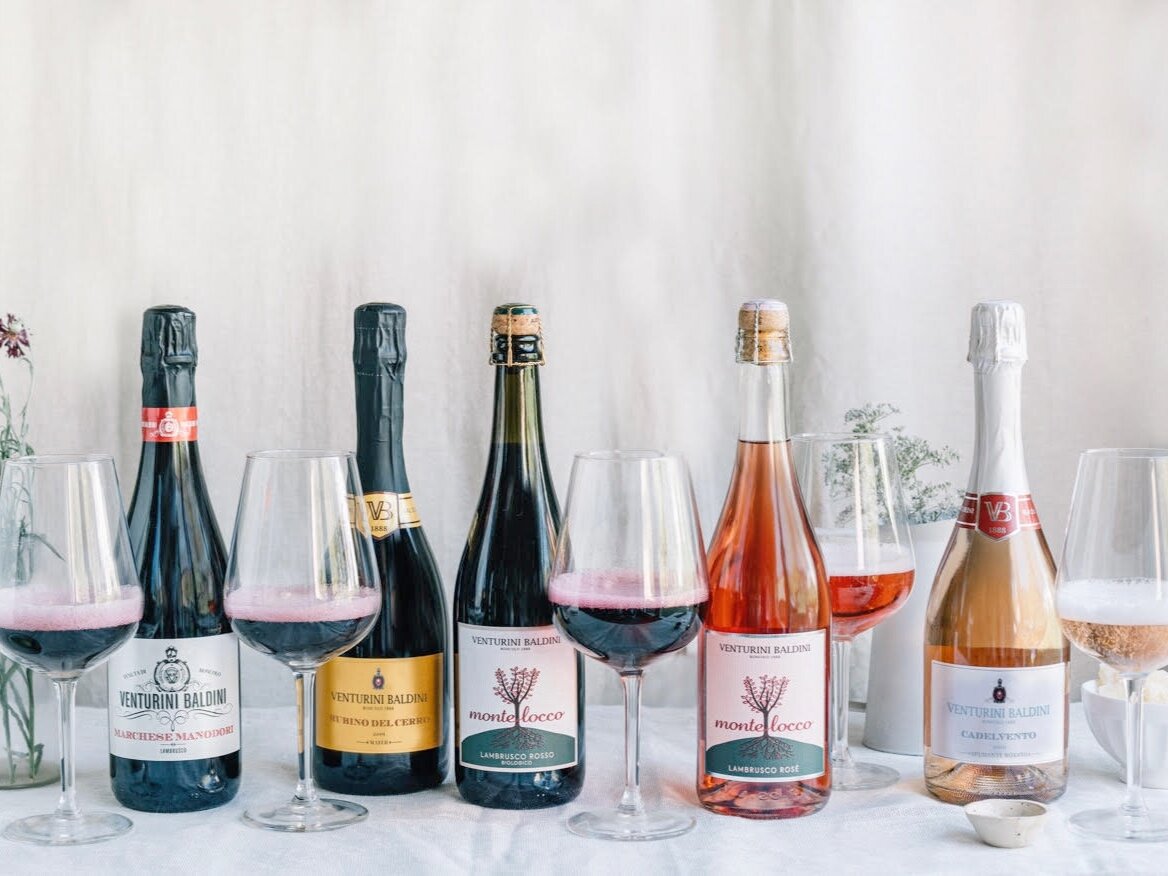
What is Lambrusco? Discover it all over again with Venturini Baldini
Lambrusco was never meant to be the sugary, low-quality wine that we see getting warm under the lights of a corner shop. It was always meant to be dry and crisp, made from low-yield grapes. Venturini Baldini have been making this premium style of Lambrusco since the 1970s. High in the hills of Emilia, their grape yields are a quarter of those from vineyards in the flat lands below and they use organic and minimal intervention techniques to produce low sulphite, low antihistamine, authentic Emilian wines.
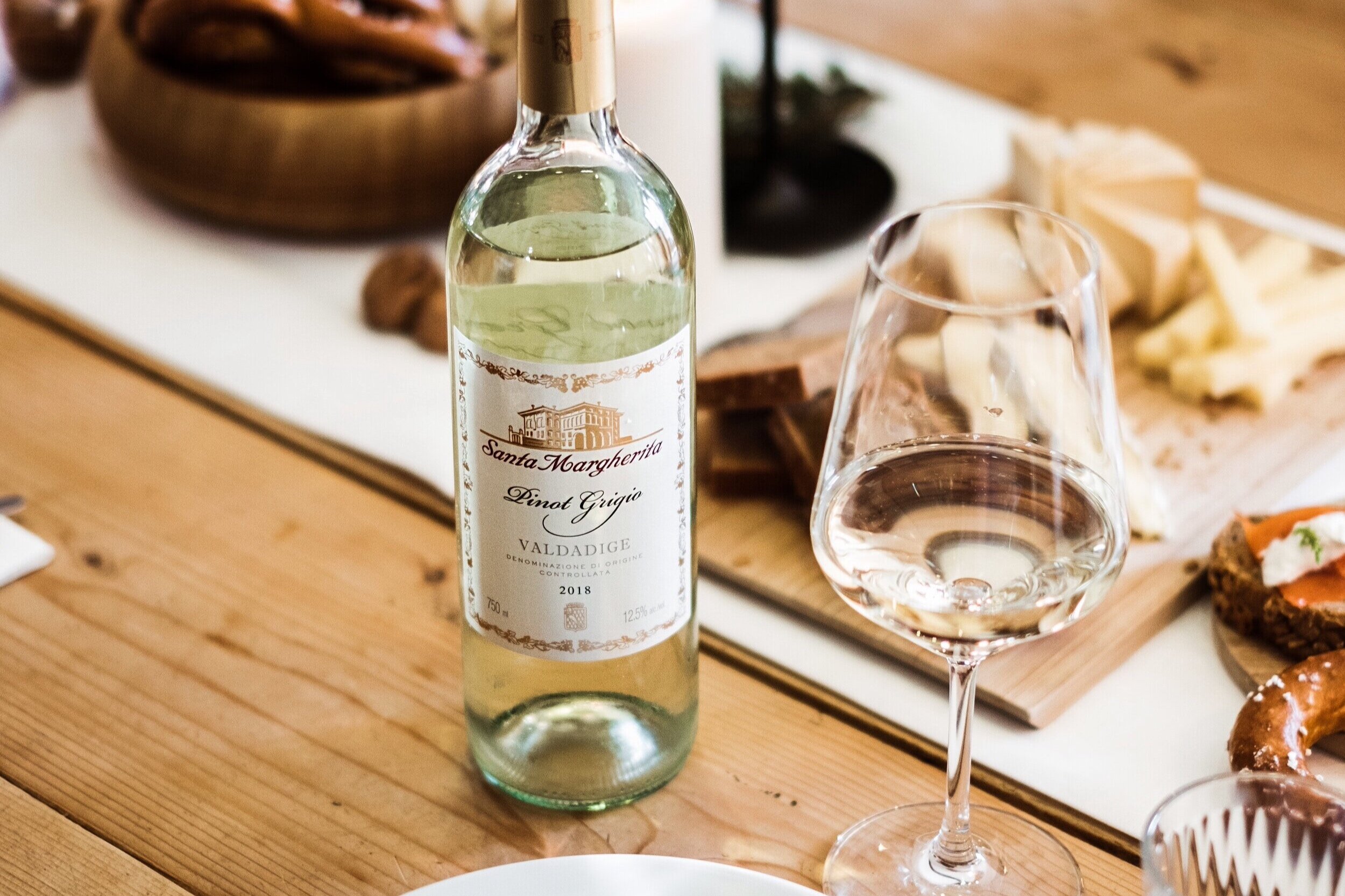
Santa Margherita Pinot Grigio: Celebrating 60 years as an Italian icon
Santa Margherita Pinot Grigio is celebrating 60 years as an Italian icon. It’s a wine loved by American celebrities and is sold in 95 countries around the world. But among wine circles, Pinot Grigio is a much-snubbed style of wine, dismissed as being characterless and bland. Sophia Longhi explores why Santa Margherita is different from the rest and why you perhaps should give it a try.

Sparkling Wine From Italy and Around the World: Your Ultimate Guide (Including Recommendations from 6 Masters of Wine)
Whether it’s sparkling wine from Italy, France, USA, South Africa, it’s official: we love our bubbly. Sparkling wine sales now account for some 10% of all wine sales globally, meaning we are consuming approximately 2.5 billion litres of fizz every year. This figure is only set to increase, as more and more consumers become interested in premium wines. If there are bubbles to pop, we are popping them!
This is your ultimate guide for sparkling wine from Italy and beyond. Strap in - it’s going to be a bubbly ride.

Battle of the Rosés - My Pick: Alois Lageder Lagrein Rosé
Earlier this month, Hannah aka The British Bouchon approached a bunch of wine people and myself with the idea of going into battle armed with our rosé recommendations for the Bank Holiday weekend. As it’s set to be a scorcher, there is no doubt that it is bound to be awash with varying shades of pink. We do love a bit of rosé with our t-shirt tans, don’t we?
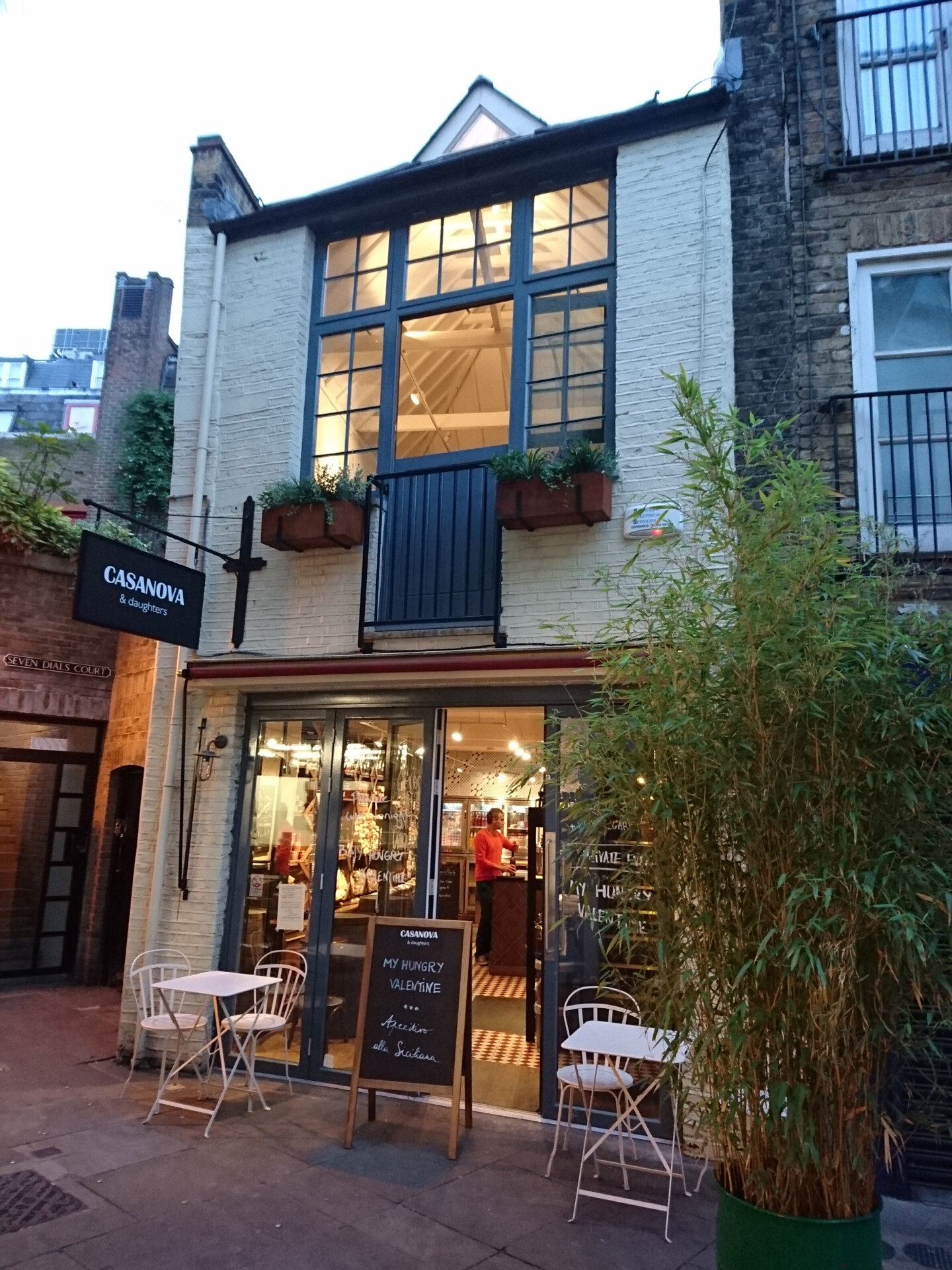
Local Sicilian produce and wines at Casanova & Daughters
Cedric Casanova – half-French, half-Sicilian – had an illustrious career as an acrobat in Cirque du Soleil, but the time had come for him to hang up his tightrope. He returned to Sicily and spent a few months thinking about what he was going to do, feasting on the olives that his family grew in the small village of Salaparuta, and eating the bread, cheese and fish from the other local farmers. These delicacies tasted so incredible that he had the idea to sell them in Paris, and so he opened a grocery. With his skills as a showman, he very quickly became friends with the big chefs of the city, like Alain Ducasse, Pierre Gagnaire, Pierre Herme, and he ended up supplying all of them with produce for their restaurants. One grocery store became two, then one in London and a restaurant in Paris called La Tete dans L’Olive, meaning ‘head in the olives’.
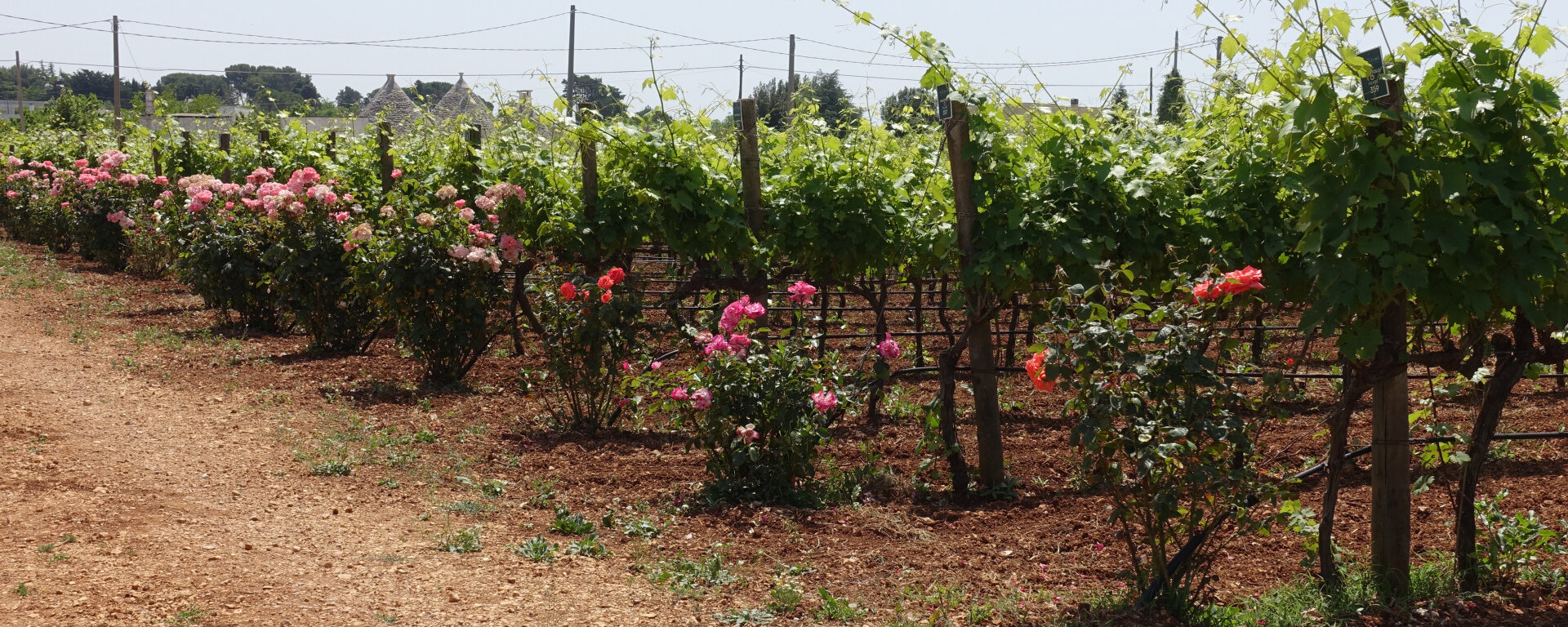
Respect for the old ways at I Pastini winery
We found ourselves in the heart of Valle d’Itria (the valley of the trulli) during a small detour on the way to the I Pastini winery. My group and I had spent a quick 45 minutes taking in the historical town of Alberobello, where we were introduced to the charming ‘trullo’ houses, which I heard were becoming dilapidated until some bright spark decided to turn them into unique B&Bs for tourists. I imagine these luxury stone-walled tipis make very novel accommodation.
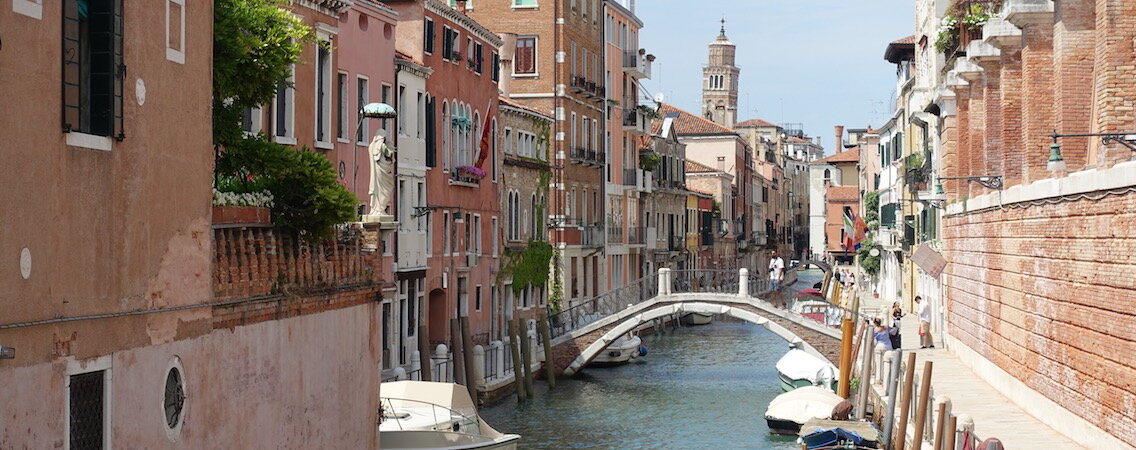
Wines of Venice
I find Venice’s wine story particularly fascinating because of its history as an influential, bustling port. As early as the Middle Ages, wines were being imported and exported out of Venice. The importing of wines from Greece, along with new species of vines, allowed Venetian viticulture to develop and, by exporting their own wines, a demand for them began to spread into Europe. When the trading power waned in the mid-sixteenth century, less Greek wine was imported and so the development of local wines from Valpolicella, Treviso and Vincenza began.
